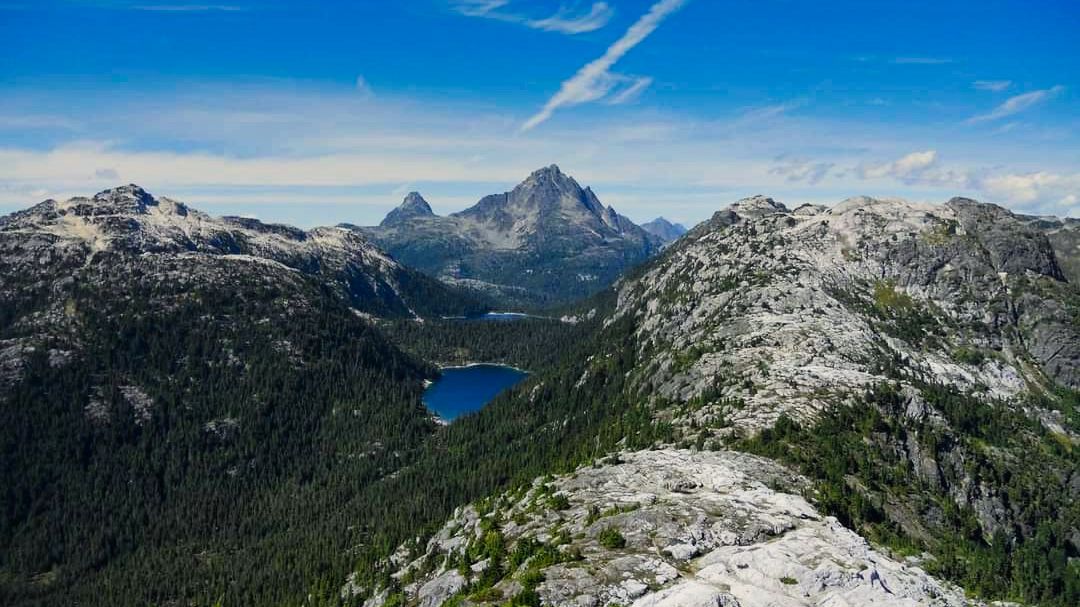Why are Insular Mountains So Prominent?
Unveiling Nature's Giants: Exploring the Dominance of Insular Mountains
Insular Mountains

Standing proudly along the rugged coastline of British Columbia, Canada, the Insular Mountains command attention with their towering peaks and breathtaking vistas. Comprising the Vancouver Island Ranges and Queen Charlotte Mountains, these majestic landforms are a prominent feature of the Pacific Coast Ranges. But what factors contribute to the prominence of the Insular? Join me on a journey of discovery as we unravel the geological, ecological, and cultural significance of these awe-inspiring peaks, shedding light on why they hold such a prominent place in the landscape of British Columbia.
Understanding the Insular Mountains: An Overview
Before we delve into the reasons behind the prominence of the Insular Mountains, let’s familiarize ourselves with these remarkable landforms. Situated along the coast of British Columbia, the Insular form part of the broader Pacific Coast Ranges, which extend from Alaska to Mexico. The Vancouver Island Ranges dominate the landscape of Vancouver Island, while the Queen Charlotte Mountains grace the western edge of Haida Gwaii, formerly known as the Queen Charlotte Islands. With their rugged terrain, lush forests, and stunning coastal vistas, the Insular are a testament to the geological diversity and natural beauty of the Pacific Northwest.
Geological Factors Contributing to Prominence:
Tectonic Activity:
The prominent nature of the Insular Mountains can be attributed in part to the dynamic geological processes that have shaped the region over millions of years. The Pacific Coast Ranges, including the Insular, are the result of complex tectonic activity along the western margin of the North American continent. The collision of tectonic plates, including the Juan de Fuca Plate and the North American Plate, has led to the uplift of the Earth’s crust and the formation of mountain ranges along the coast. This ongoing tectonic activity continues to shape the landscape of the Insular, contributing to their prominent stature.
Glacial Influence:
During the Pleistocene Epoch, the Insular Mountains were heavily sculpted by glacial activity, further enhancing their prominence. As massive ice sheets advanced and retreated across the region, they carved deep valleys, rugged peaks, and U-shaped valleys into the landscape. The erosive power of glaciers played a significant role in shaping the distinctive features of the Insular, including their steep slopes, jagged ridgelines, and glacial cirques. Today, the legacy of glacial influence is evident in the dramatic landscapes and glaciated peaks of the Vancouver Island Ranges and Queen Charlotte Mountains. Just as we know Why are Selwyn Mountains So Prominent?
Ecological Significance of Insular Mountains:
Biodiversity Hotspot:
The Insular Mountains are recognized as a biodiversity hotspot, supporting a rich array of plant and animal species that contribute to their prominence. The diverse ecosystems found within the Vancouver Island Ranges and Queen Charlotte Mountains provide vital habitat for a wide range of wildlife, including iconic species such as black bears, Roosevelt elk, and bald eagles. From ancient temperate rainforests to alpine meadows and coastal wetlands, the Insular offer a wealth of ecological diversity that enhances their prominence as a natural landscape.
Cultural Heritage:
In addition to their geological and ecological significance, the Insular Mountains hold cultural importance for Indigenous peoples, further contributing to their prominence in the region. The Coast Salish, Haida, and Nuu-chah-nulth First Nations have inhabited these lands for thousands of years, forging deep connections to the mountains, forests, and waterways of the Pacific Northwest. The rich cultural heritage of the Insular, including traditional stories, ceremonies, and resource management practices, adds to their prominence as a landscape of cultural significance.
Conclusion:
As we conclude our exploration of why the Insular Mountains are so prominent, we are left with a profound appreciation for the geological, ecological, and cultural significance of these majestic peaks. From the forces of tectonic activity and glacial influence to the rich biodiversity and cultural heritage they support, the Insular stand as a testament to the dynamic processes that shape our planet and the enduring connections between humans and the natural world. As we continue to study, protect, and celebrate the beauty of the Insular, may we honor their prominence and preserve them for future generations to enjoy.
Know More about Insular Mountains.
What Are The Tourist Places Nearest to Insular Mountains?
When Were Insular Mountains Formed?
Where Are Insular Mountains Located?
Who Discovered Insular Mountains?
How to Reach Insular Mountains?




